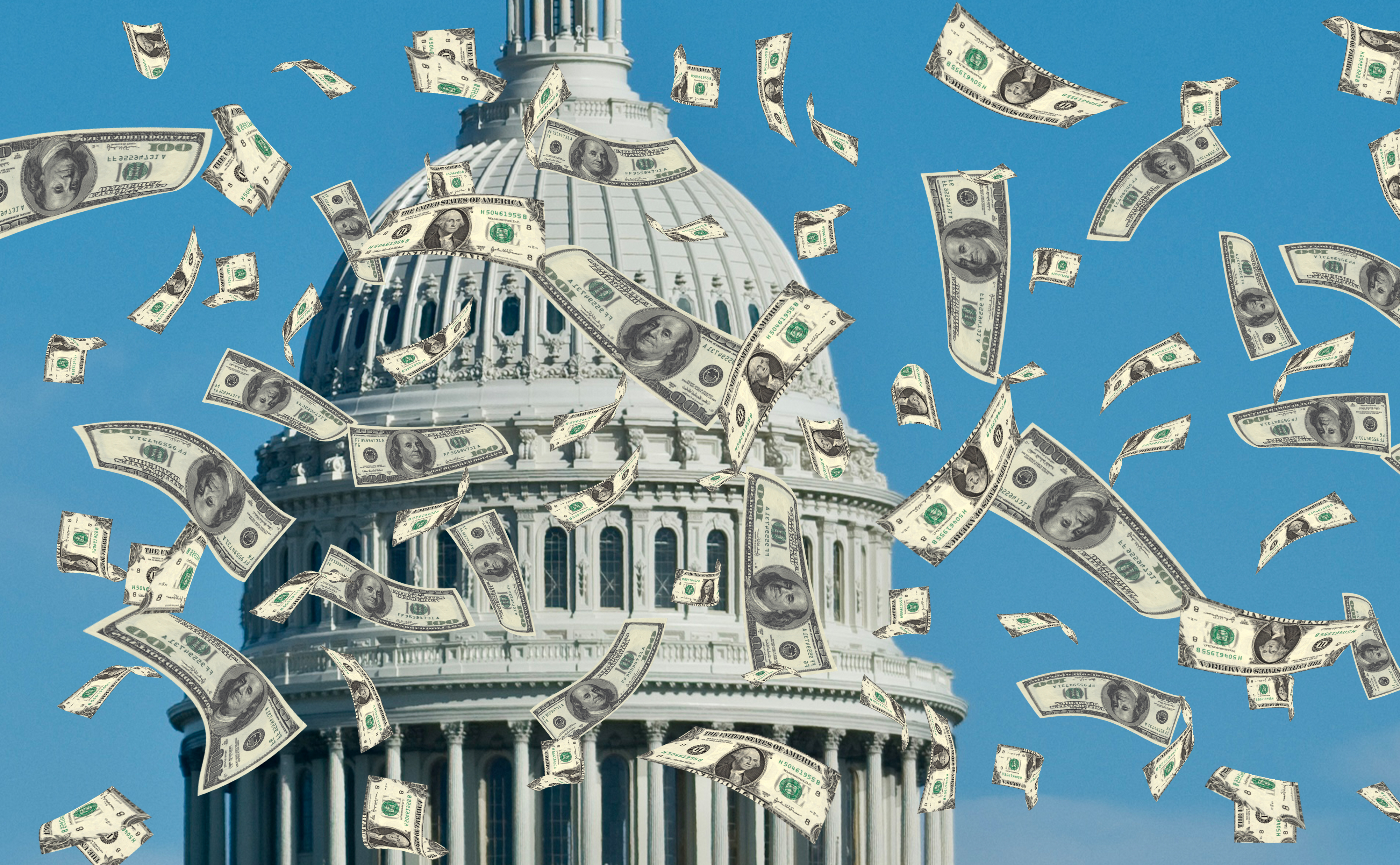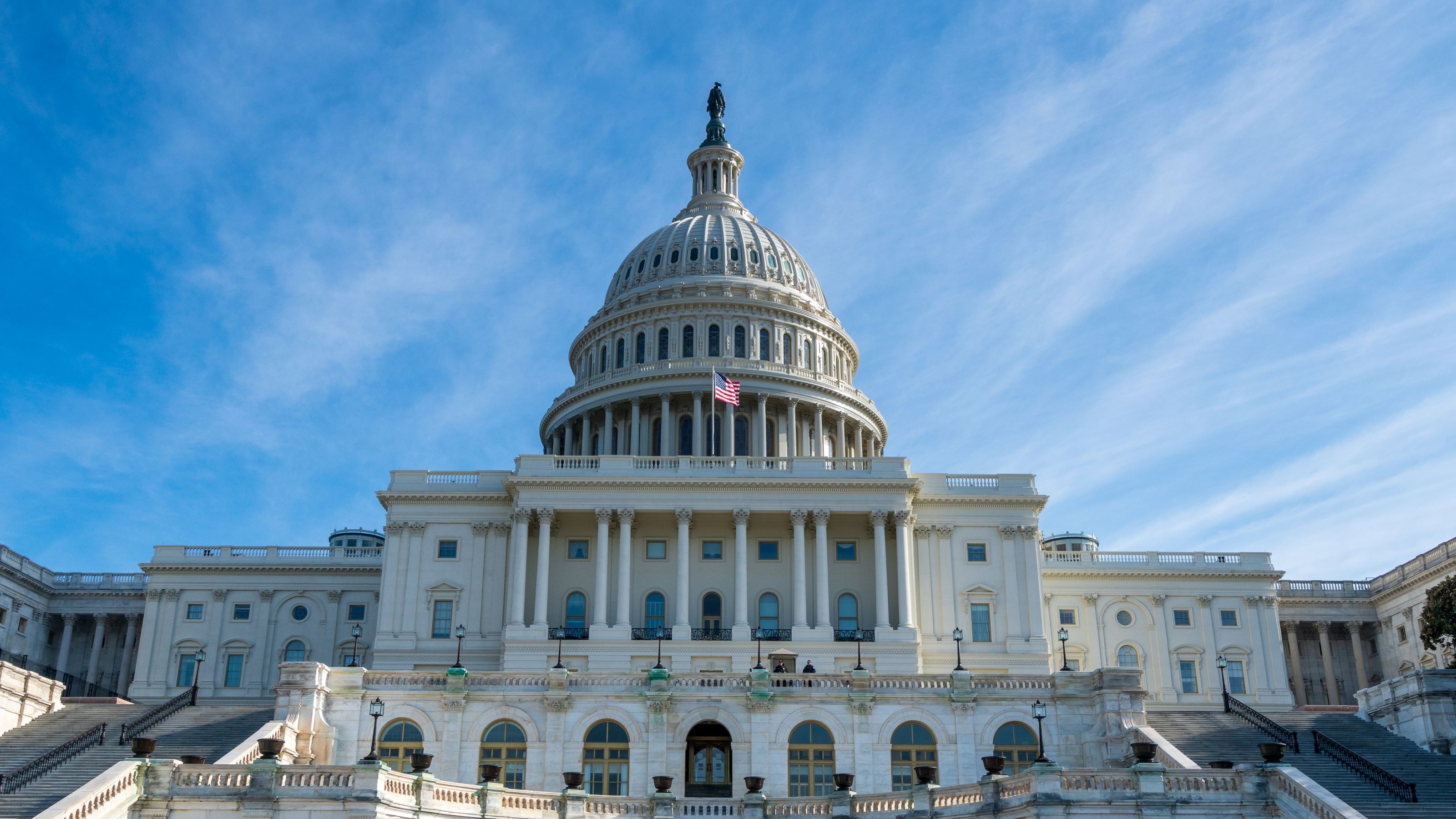Another Chance to Write Off Energy-Efficient Home Improvements
Congress revived the $500 tax credit for both 2012 and 2013.

Did the fiscal cliff law extend the tax credits for energy-efficient home improvements for 2013?
Yes it did. The law, which Congress passed on New Year’s Day, revived the tax credit for both 2012 and 2013. If you made any eligible improvements in 2012 -- after the credit expired -- dig up the receipts before you file your taxes for the year because you may get a tax break after all. And keep these rules in mind when planning home improvements for 2013:
You can receive up to $500 in total tax credits for eligible home improvements you’ve made since 2006 (including a $200 limit for windows). If you claimed the full credit for home improvements since then, you won’t be able to take the break again.
From just $107.88 $24.99 for Kiplinger Personal Finance
Become a smarter, better informed investor. Subscribe from just $107.88 $24.99, plus get up to 4 Special Issues

Sign up for Kiplinger’s Free Newsletters
Profit and prosper with the best of expert advice on investing, taxes, retirement, personal finance and more - straight to your e-mail.
Profit and prosper with the best of expert advice - straight to your e-mail.
If you are eligible, the tax break applies to 10% of the purchase price (not installation costs) of certain insulation materials, energy-efficient windows, external doors and skylights, and metal roofs with pigmented coating or asphalt roofs with cooling granules that meet Energy Star requirements (see the Environmental Protection Agency’s Energy Star Web site for details). You can count both materials and labor costs for certain central air conditioners, biomass stoves, electric heat pumps or electric heat pump water heaters that meet specific energy-efficient guidelines -- up to a maximum of $300 for each. You can count up to $150 for an eligible natural gas, propane or oil furnace or hot water boiler.
The items must meet specific energy-efficient requirements to qualify. See the Alliance to Save Energy tax credit page and the Tax Incentives Assistance Project for details. Keep your receipts and manufacturer’s certification of eligibility.
Some alternative-energy improvements qualify for larger tax credits. For improvements made by December 31, 2016, you can take a credit worth 30% of the cost of buying and installing certain alternative energy equipment, such as geothermal heat pumps, solar water heaters, solar panels, fuel cells and small wind-energy systems.
For more information about these tax breaks, see IRS Form 5695 Residential Energy Credits.
If you don’t qualify for the federal incentives, see if you can get any state breaks. For links to details about programs in each state, see the American Council for an Energy-Efficient Economy site. For a list of several state and utility programs, see the Tax Incentives Assistance Project.
Profit and prosper with the best of Kiplinger's advice on investing, taxes, retirement, personal finance and much more. Delivered daily. Enter your email in the box and click Sign Me Up.

As the "Ask Kim" columnist for Kiplinger's Personal Finance, Lankford receives hundreds of personal finance questions from readers every month. She is the author of Rescue Your Financial Life (McGraw-Hill, 2003), The Insurance Maze: How You Can Save Money on Insurance -- and Still Get the Coverage You Need (Kaplan, 2006), Kiplinger's Ask Kim for Money Smart Solutions (Kaplan, 2007) and The Kiplinger/BBB Personal Finance Guide for Military Families. She is frequently featured as a financial expert on television and radio, including NBC's Today Show, CNN, CNBC and National Public Radio.
-
 Stocks Chop as the Unemployment Rate Jumps: Stock Market Today
Stocks Chop as the Unemployment Rate Jumps: Stock Market TodayNovember job growth was stronger than expected, but sharp losses in October and a rising unemployment rate are worrying market participants.
-
 Should You Renew Your CD?
Should You Renew Your CD?With rate cuts impacting earnings, we examine if now is a wise time to renew CDs.
-
 7 Ways to Plan Now to Save on Medicare IRMAA Surcharges Later
7 Ways to Plan Now to Save on Medicare IRMAA Surcharges LaterUnderstand the critical two-year lookback period and why aggressive planning before you enroll in Medicare is the most effective way to minimize IRMAA.
-
 5 Types of Gifts the IRS Won’t Tax: Even If They’re Big
5 Types of Gifts the IRS Won’t Tax: Even If They’re BigGift Tax Several categories of gifts don’t count toward annual gift tax limits. Here's what you need to know.
-
 The 'Scrooge' Strategy: How to Turn Your Old Junk Into a Tax Deduction
The 'Scrooge' Strategy: How to Turn Your Old Junk Into a Tax DeductionTax Deductions We break down the IRS rules for non-cash charitable contributions. Plus, here's a handy checklist before you donate to charity this year.
-
 Tax Refund Alert: House GOP Predicts 'Average' $1,000 Payouts in 2026
Tax Refund Alert: House GOP Predicts 'Average' $1,000 Payouts in 2026Tax Refunds Here's how the IRS tax refund outlook for 2026 is changing and what steps you can take now to prepare.
-
 New IRS Changes to FSA Contribution Limits for 2026: What to Know
New IRS Changes to FSA Contribution Limits for 2026: What to KnowHealth Care Flexible Spending Accounts have tax advantages worth looking into, especially in light of new IRS changes.
-
 Is a New $25,000 Health Care Tax Deduction Coming in 2026?
Is a New $25,000 Health Care Tax Deduction Coming in 2026?Tax Policy A proposal from GOP Sen. Josh Hawley adds to the chatter about health care affordability.
-
 3 Ways High-Income Earners Can Maximize Their Charitable Donations in 2025
3 Ways High-Income Earners Can Maximize Their Charitable Donations in 2025Tax Deductions New charitable giving tax rules will soon lower your deduction for donations to charity — here’s what you should do now.
-
 An HSA Sounds Great for Taxes: Here’s Why It Might Not Be Right for You
An HSA Sounds Great for Taxes: Here’s Why It Might Not Be Right for YouHealth Savings Even with the promise of ‘triple tax benefits,’ a health savings account might not be the best health plan option for everyone.
-
 10 Retirement Tax Plan Moves to Make Before December 31
10 Retirement Tax Plan Moves to Make Before December 31Retirement Taxes Proactively reviewing your health coverage, RMDs and IRAs can lower retirement taxes in 2025 and 2026. Here’s how.